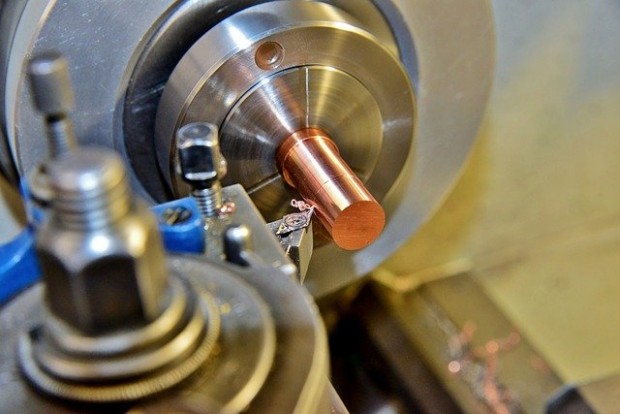The Benefits of Bonded Parts in Manufacturing and Engineering
Take a look around, and you'll soon spot something requiring sophisticated manufacturing and innovative engineering to produce. You're probably staring at one right now.
The finished product - whether it's a smartphone, automobile, kitchen appliance, or power tool - appears to be a single item, but we know inside every piece of technology is an array of complex parts and carefully arranged hardware. Every bit has a specific purpose, and a problem affecting one part will undoubtedly impact the rest of the product.
Have you ever thought about how they get all those parts to fit together? What keeps them from separating or breaking away over the course of a product's use?
Most people correctly point to brackets, bolts, and screws as the primary means of keeping pieces of a machine together and firmly in place. Few, if any, modern appliances and electronics exist without at least some of these classic fasteners.
However, traditional fastening systems like bolts and screws are not the only way companies can join two parts together. Today, many products get made using film adhesives meant to bond parts together and keep them firmly in place. There are several key benefits to using film adhesives to create bonded parts, which are outlined below:
Reduces weight
Traditional hardware fasteners are made of metal. While a single screw doesn't weigh much, multiply that by a few dozen times, and you start to see how fasteners add extra weight to products. Opting for bonded parts eliminates that added weight, which can profoundly impact everything from shipping costs to the performance of the product.
Eliminates gaps
In most cases, the difference between one manufacturer and another is the level of engineering tolerance they allow. Seemingly insignificant variations in the size of parts, big and small, can significantly impact the performance of the final product. By using bonded parts, companies reduce the chances of gaps resulting from poorly fitted components.
Improves insulation
Unlike screws and bolts made from metal alloys, film adhesive used in the bonding process acts as an effective electrical insulator. This improves product safety and reduces the chances of electrical shorts.
Enhances durability
Twists, turns, vibrations, and other subtle yet consistent forms can loosen and dislodge traditional fasteners over time. Parts that have been properly bonded together using industrial-grade film adhesive are less likely to separate due to normal wear and tear.
Provides greater load-bearing capability
Some of the worst industrial accidents and engineering catastrophes in history involved load-bearing failures rooted in a spot where two components are fastened together. Bonded parts mean greater load-bearing capacity, which in turn means fewer opportunities for a product or component to fail in a bad way.
As any engineer can tell you, bonding systems have their limits too. You probably don't want to use film adhesives on anything you plan on taking apart in the near future. Extreme temperatures may also negatively affect products made with bonded parts.
However, at the end of the day, film adhesives are the way to go for most manufacturing and engineering processes.
See Now: NASA's Juno Spacecraft's Rendezvous With Jupiter's Mammoth Cyclone
* This is a contributed article and this content does not necessarily represent the views of scienceworldreport.com





Join the Conversation